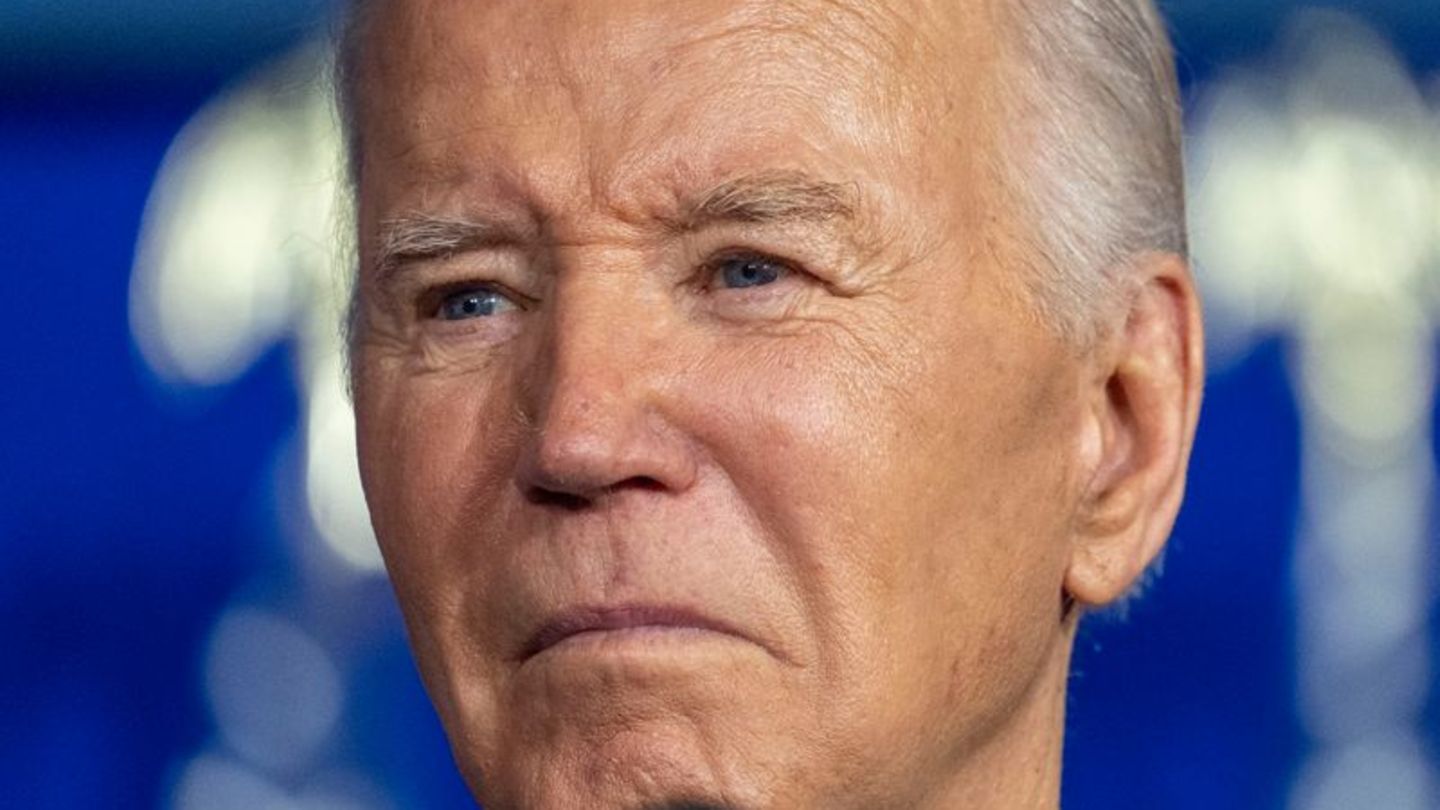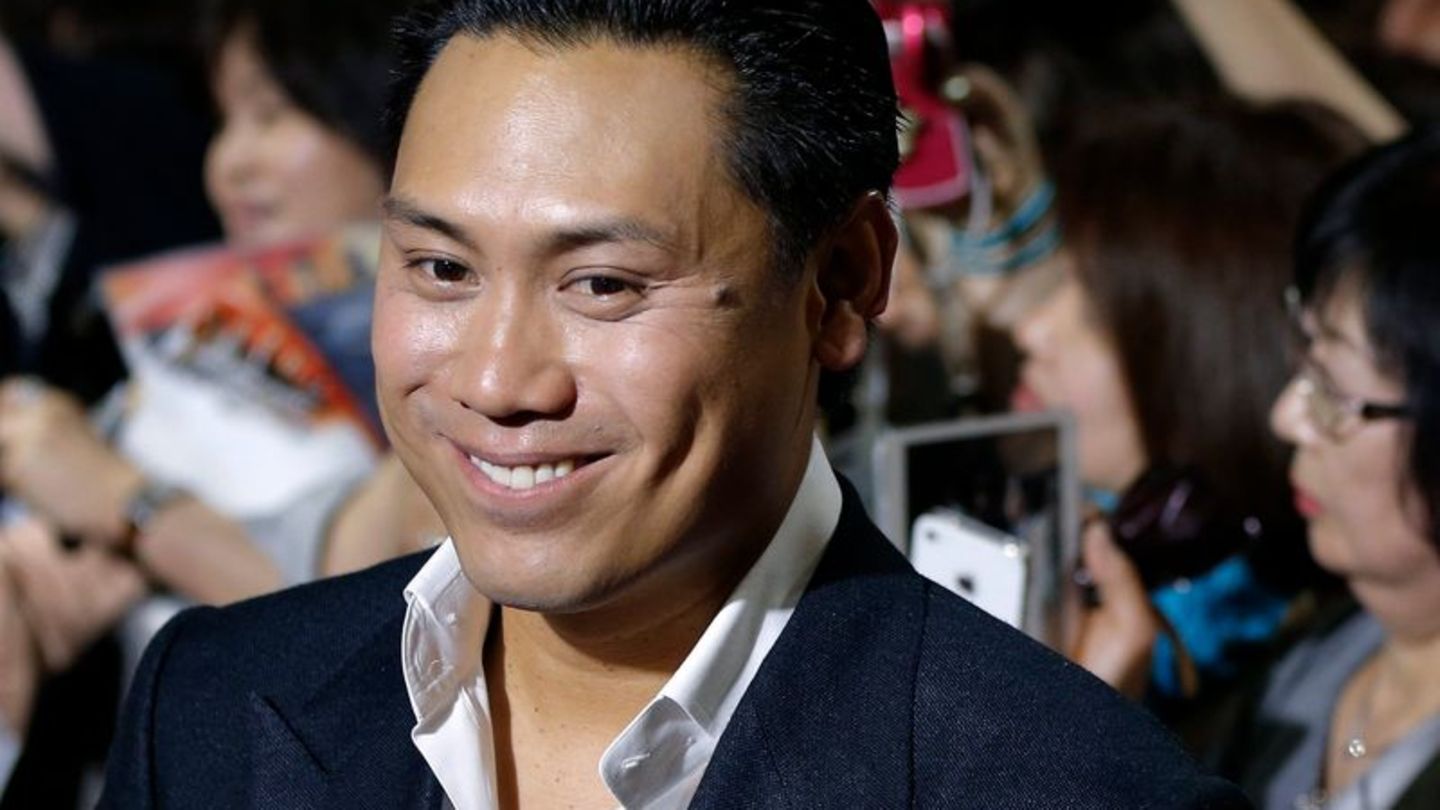Ahead of the start of The Mandalorian season three, series creator Jon Favreau shares what the return of the Star Wars series has to offer.
On March 1st, the hugely popular “Star Wars” series “The Mandalorian” returns to the Disney+ streaming service with the third season. In an interview with the news agency spot on news, series creator Jon Favreau (56) reveals what viewers and fans can expect in the new episodes, what tricks Baby Yoda is brought to life with, and what fascinated him as a child about the Star Wars saga .
In interviews you have said that as a child you were just the right age for the original “Star Wars” trilogy. What fascinated you most about the films as a child?
Jon Favreau: I was ten years old at the time and I remember there wasn’t a lot of cool stuff for people my age. That was the 1970s. There wasn’t very much sci-fi with visual effects, maybe aside from 2001: A Space Odyssey. That was of course very impressive, but I wasn’t really the right audience for that.
I remember the first time in the cinema hall when I saw the Star Destroyer fly over me. First came the smaller corvette and that looked cool, but then you saw this huge Imperial Star Destroyer just going on and on – in one shot – and at that point I knew this was going to blow my mind.
Every scene and every single shot is burned into my memory – I think that’s the case for a lot of people. Waiting for the door to open, as it then opens, Darth Vader walks through, silhouetted in black against the white corridors of the ship, the droids… There was laughter in the cinema hall and people were excited. It was the first time I saw a film that was really made for my generation.
There were a lot of adult movies back then – and on the other hand, Disney cartoons and stuff like that. But “Star Wars” was the first that was made with the quality of a major Hollywood production, but at the same time tailored to me as a kid.
Many viewers loved the ending to the previous season of The Mandalorian. What can fans expect this time?
Favreau: Well, we’ll see what’s changed for the characters. They were separated for a long time and then reunited in a few episodes of The Book of Boba Fett. We also saw that Grogu was trained as a Jedi. Grogu is no longer the helpless little baby he was first rescued by the Mandalorian.
The Mandalorian has some things to put right because he took off his helmet. The only way to redeem himself is to return to his home planet, which has been destroyed, and track down the Mandalore mines. So there’s room for many different types of adventures, different from what we’ve seen in the past. At the same time, a world is visited that has not yet been seen in this form in live-action series or films.
Judging by the trailers, we’ll also be seeing a lot more of the character Bo-Katan Kryze, played by Katee Sackhoff. What can viewers expect here?
Favreau: You actually know Bo-Katan pretty well if you’ve seen The Clone Wars series. She’s also appeared here and there on our show. She is also a Mandalorian warrior, but she comes from a very different culture where the Mandalorians take off their helmets.
The “Mandalorian” main character Din Djarin maintains a much more dogmatic, old-fashioned style. Bo-Katan, on the other hand, comes from a more modern, secular tradition, and the two different styles don’t really seem to get along. Now, in Season 3, we see how the two groups interact. There used to be tension when single individuals met, now we see what happens when a large crowd of them come together.
A more general question, do you get occasional visits from George Lucas? Was it on the set of the show for season three?
Favreau: We are in contact. He stopped by a few times, I’m not sure which season it was, but we definitely got to see him. He looks at the different series and not only we, but also other filmmakers from the “Star Wars” world are getting in touch with him more and more. You realize what a fantastic resource he is and how much he still cares about Star Wars.
While he’s not the one who tells the stories every day – not like he was when he was the author of everything – he’s still very generous in sharing his insights and knowledge. It is always available to us, to myself, and to other filmmakers. I think that’s invaluable.
Do the “Star Wars” fans also occasionally scare you personally? Sometimes there are very strong reactions to individual films and series…
Favreau: Well, recently what has changed is that there are so many ways to communicate. Because of the social networks, there is so much feedback. It quickly gets the feeling that there are thousands of different voices out there. But basically it has always been like this. People have always been temperamental, for or against the movies, especially Star Wars, even when I was a kid. The only difference to today is that back then it took place at school or at work, in the break room or the canteen.
In my experience, most filmmakers and storytellers have found a healthy balance in that regard. You get a sense of what the group is thinking because it’s important to know if they like something or are disappointed by it. As for individual comments though, I think right now something programmed for conflict is being highlighted by the nature of social media algorithms – not just Star Wars. Therefore, one should not get lost in the reactions and study them too closely.
“Star Wars” fans know that Baby Yoda, or Grogu, is actually a doll that moves. At the same time, computer-generated images are also used to create the end result. How exactly does this work?
Favreau: We use many different combinations of techniques. Most of the time it’s actually an animatronic doll, although we have different specimens and equipment. In the meantime, however, the demands on the doll are increasing, as they have to manage things like running or jumping. Various equipment is being developed for this by our partners at Legacy Effects.
However, from time to time it’s also necessary to use a bit of CGI, like when removing the bars holding the puppet or when the control team is in the picture. Then we have to remove it.
And other times he does something particularly acrobatic. Then we replace him completely with CGI, but we really try to limit that. In addition, the CGI model should move as if it were a doll. The aesthetics of the character represented by a puppet are very important to us – just like the original Yoda.
Source: Stern
I am an author and journalist who has worked in the entertainment industry for over a decade. I currently work as a news editor at a major news website, and my focus is on covering the latest trends in entertainment. I also write occasional pieces for other outlets, and have authored two books about the entertainment industry.




